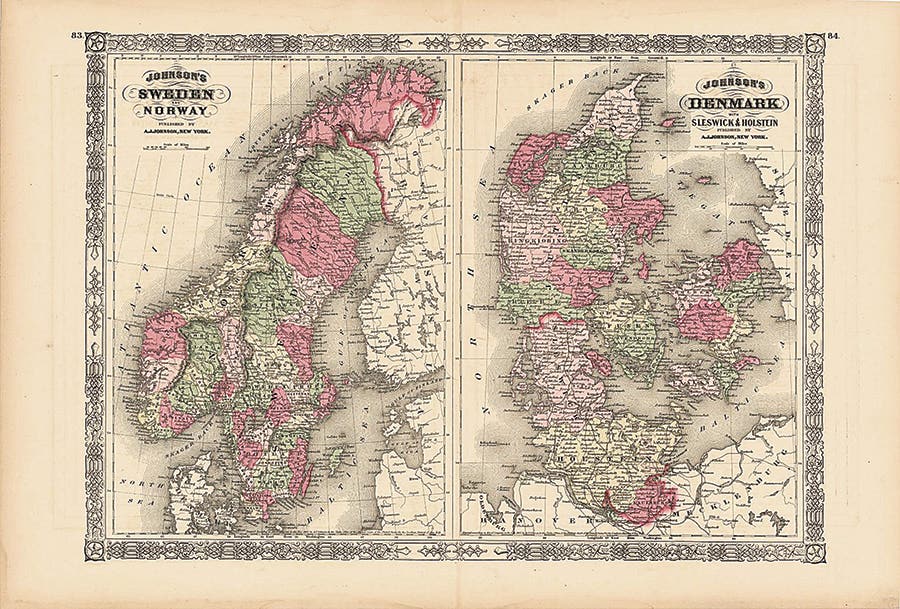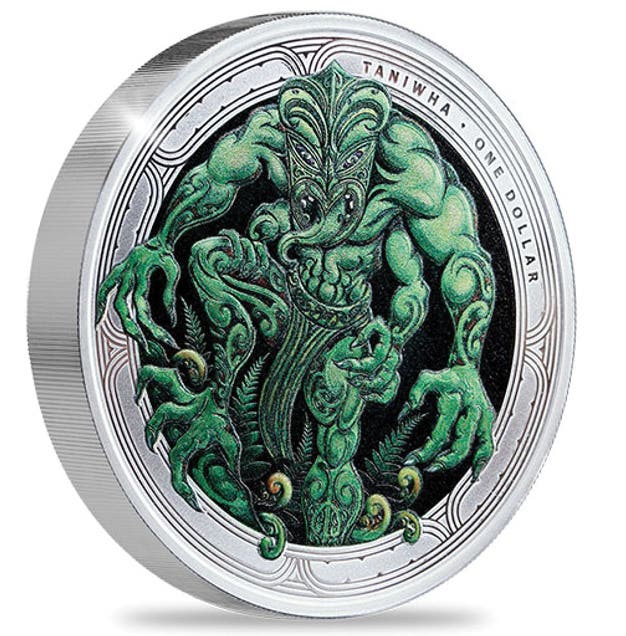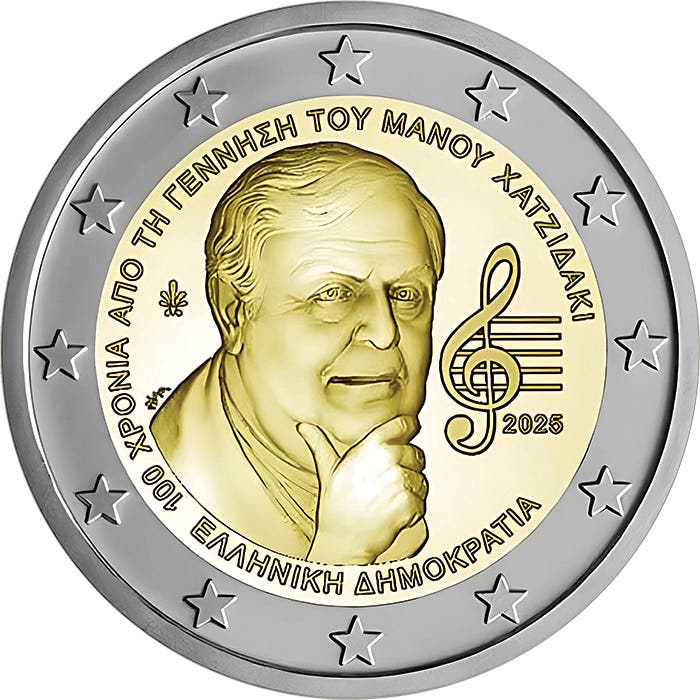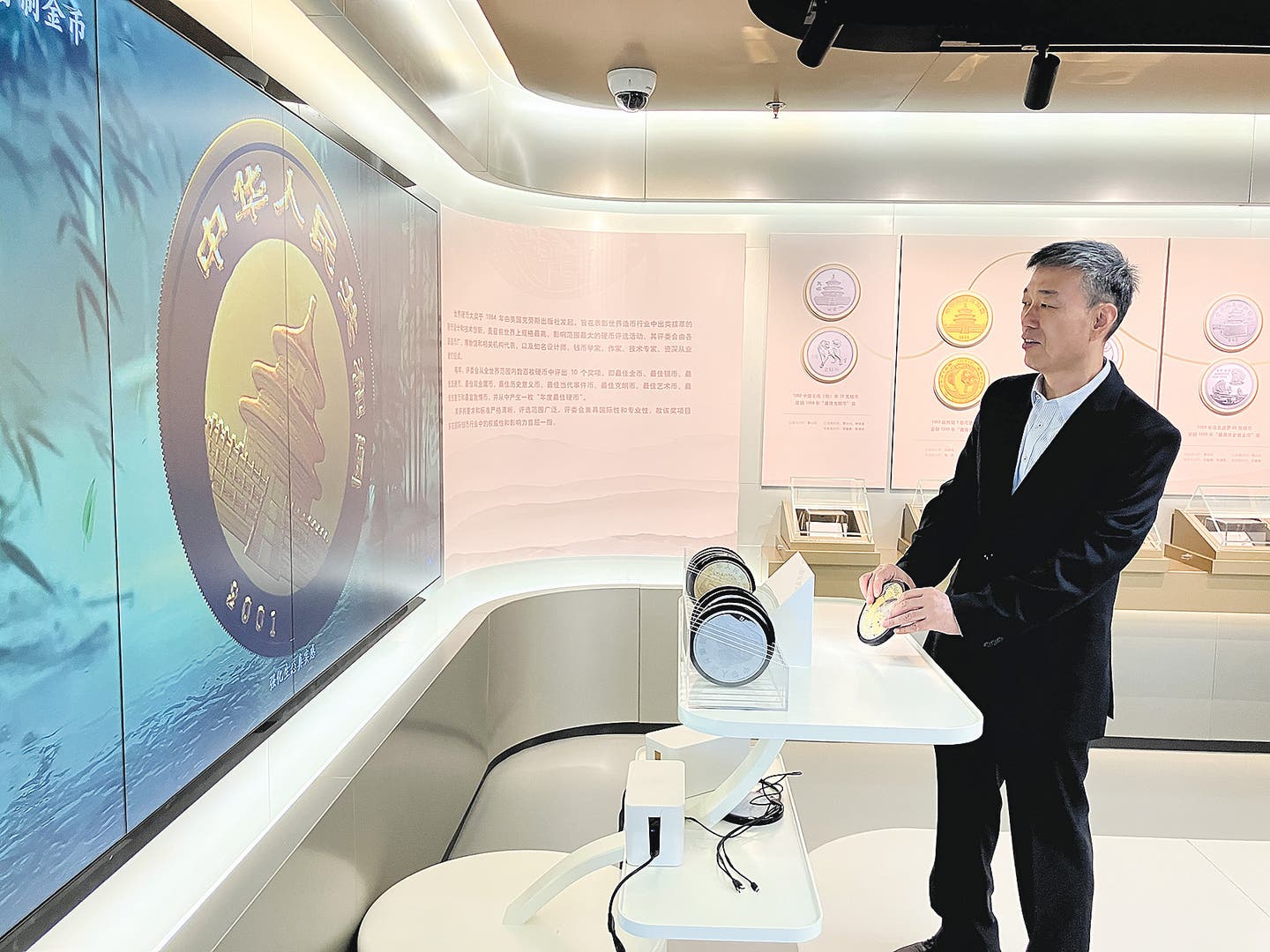Turkey blocks ISIS plans for coins
By Richard Giedroyc The terrorist group calling itself the Islamic State of Iraq and Syria or ISIS has been bragging for some time that it plans to bring the Western…
By Richard Giedroyc
The terrorist group calling itself the Islamic State of Iraq and Syria or ISIS has been bragging for some time that it plans to bring the Western economic systems to their knees by issuing gold and silver coins as a new world currency.
The economic facts of life were not taken seriously when making this decision, but neither were the logistics regarding how and where the coins would be struck, then distributed.
According to information released Oct. 7 by the official Anatolia news agency, six unidentified foreign nationals have been arrested by the counter-terrorism unit of the Gaziantep Police Department. The six were operating a makeshift mint in Sahinbey, a town south of the city of Gaziantep, Turkey.
The mint was already functional at the time of the police raid. Several sources indicated 56 coins in different denominations were seized, as were 12 coinage dies and other minting equipment. No information was immediately available about if the coins were being struck by hand or with the use of coin presses. The Anatolia news agency refered to the coinage dies as “blocks.” Photographs released by police did not make it clear if these were dies that can fit into a press or not.
Images of what was seized released by Turkish authorities included coins with Arab language writing appearing on one side and a map of the world on the other. The Gaziantep governor’s office said the raid was based on an anonymous tip.
The terrorist organization has previously released a propaganda video on which ISIS brags the organization will issue its own coins to free the territory it controls from “[a] global economic system that is based on satanic usury.”
The realities are that even if ISIS should succeed in minting and distributing its own gold and silver composition coins consumers and merchants would likely hoard the coins rather than use them, as has been learned elsewhere in recent years when specie coins were introduced into today’s fiat money markets.
The value of gold and silver composition coins changes continuously with fluctuations in the spot price of these metals. Since ISIS is not recognized as a government there is no place to establish an exchange rate for the coins against other currencies.
In November 2014 ISIS announced it would issue seven coins, a gold dinar valued at $139, a gold 5 dinar valued at $694, three silver dirham denominations it valued between $1 and $9 each, and two copper composition minor denomination coins of minimal value.
The source of the gold, silver, and copper required to strike the coins has been in question since neither Iraq nor Syria mine any of these metals. According to a June 24 The Independent newspaper article, “Experts believe any precious metals the group possesses have been purchased, stole, or looted in other forms and melted down.”
ABC Online quoted Sydney (Australia) University Professor of Sociology Michael Humphrey as saying, “The gesture [of releasing ISIS coins] is largely symbolic – both of their authority but also the claim to actually exist as a state, and I mean, having a flag, having institutions, having currency is just another step in kind of defining one’s territory and area of control. As far as separating oneself from the global economy, well, I mean obviously they can’t do that because they need things from outside, they’re conducting a war, and the money will be used to buy that.”
ABC Online also quoted University of Queensland (Australia) Political Science and International Relations Professor Sarah Percy as saying, “This is absolutely classic behavior for successful insurgent groups when they take large bits of territory.”
Percy continued, “I think the biggest analogy we see is probably with somebody like FARC in Colombia. That basically ended up functioning as a proto-state where they provided social services, they provided education, they even provided bits of health care and currency.”
This article was originally printed in World Coin News.
>> Subscribe today or get your >> Digital Subscription
More Collecting Resources
• Are you a U.S. coin collector? Check out the 2016 U.S. Coin Digest for the most recent coin prices.
• The Standard Catalog of United States Paper Money is the only annual guide that provides complete coverage of U.S. currency with today’s market prices.









